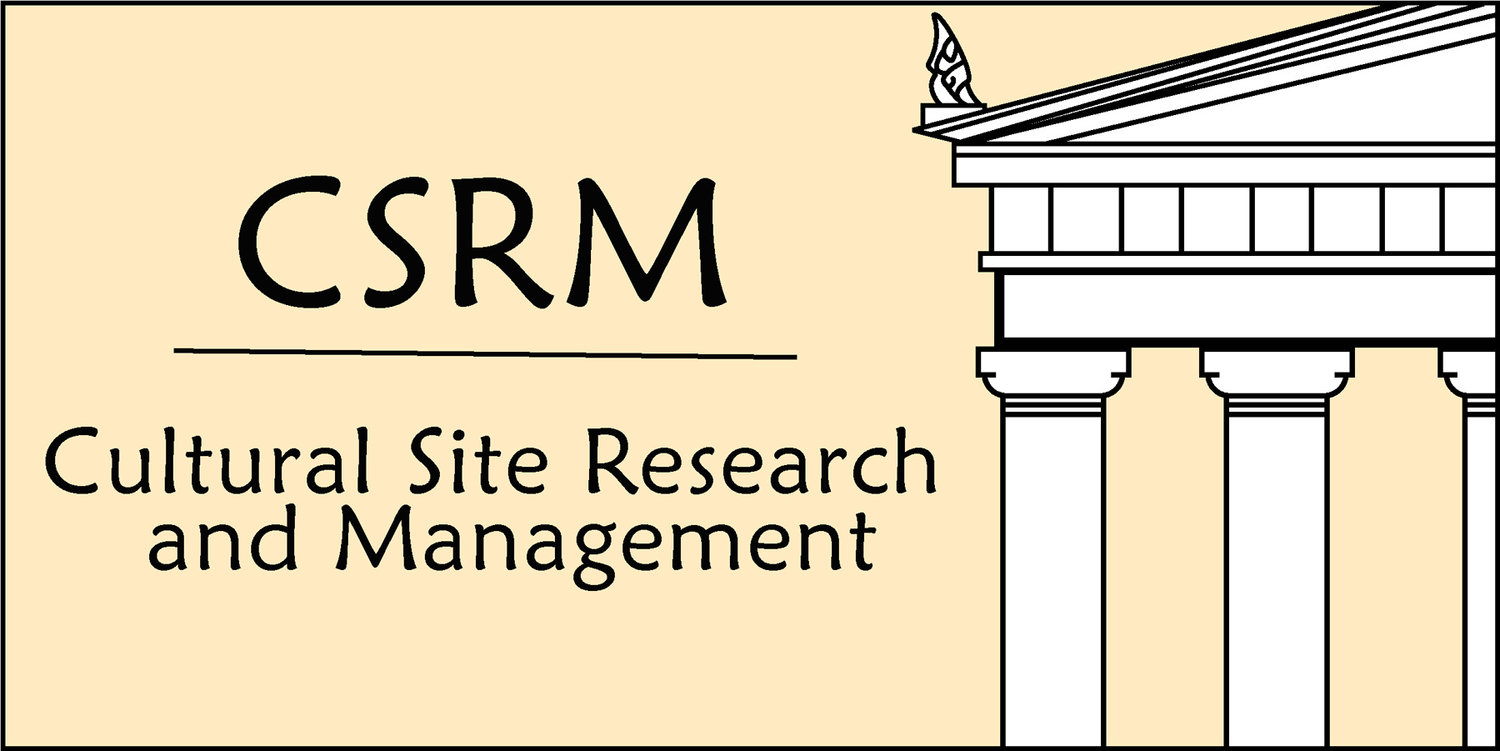Fell's Point Visitor Experience Plan, Baltimore Maryland
The experience of visiting a place begins the moment the idea of travel there enters a potential visitor’s mind, and continues as long as the visitor retains memories and an interest in the place visited. There are endless examples: Attending a sporting event often results in a heightened interest in the team and the sport observed at that event. People who visit a foreign country pay attention to events in that country with a new level of interest. Humans define themselves by associations they create with other people and places, and a satisfying visit to a place can transform the visitor into an advocate for that place and the characteristics that made it special to her or him.
The 1998 document prepared by the National Park Service, "Planning for Interpretation and Visitor Experience," provided the overall philosophy for the development of the Fell's Point Visitor Experience Plan:
"Everything that visitors do, think, sense, and feel in a park constitutes their park experience. Interpretive planning describes desired experiences (outcomes) and recommends ways to encourage them. Some of these recommendations involve interpretive media or activities; some experiences are facilitated through facility design or by just getting out of the way."
Fell's Point was the center of the maritime industry in Baltimore, and as such enjoys a colorful history with many facets, which presents many interesting possibilities for interpretation. Part of the challenge in developing interpretation at Fell's Point, then, is deciding what to interpret. The selection of interpretive themes identified in the Fell's Point Visitor Experience Plan were influenced primarily by two factors: The first if these is the approaching bicentennial of the War of 1812, and the other is the establishment of historic trails by the National Park Service that converge at Fell's Point. Several of these trails were established to commemorate and celebrate the two American Wars of Independence, not only the War of 1812, but also the preceding Revolutionary War.
Visitor experience is structured according to these themes. Since 1998, thinking about experience has broadened, as reflected in this executive summary, taken from the Fell's Point VEP:
- A crucial point in developing satisfying experiences that are beneficial to all involved is that they occur before, during, and after travel. There are four main points contact with visitors: outreach and pre-arrival, orientation and access, on-site exploration, and off-site programming and links.
- Outreach and pre-arrival. Outreach and pre-arrival activities offer information to potential visitors before they arrive. A website should provide the following: 1) Directions, 2) Introduction to interpretive themes, 3) Fell’s Point highlights, 4) Parking and other relevant regulations, 5) Description and price of admission and services; 6) Maps, 7) Links to nearby cultural sites, and 8) Downloadable media. Also, brochures should be developed and given to hotels, tour operators, etc.
- Orientation and access. This stage orients the visitor to the site and providing information about how to access facilities and points of interest within the site. The arrival is that point at which detailed information to the visitor begins, and where basic orientation is repeated. Functions include 1) Spatial and temporal orientation via maps and timeline, 2) Ticketing to tours and other activities, 3) Guidelines for conservation, safety, and courtesy, 4) Providing functioning toilets and information on location of other services; 5) Introduction to Fell’s Point interpretive themes, and 6) Media to take along with the above information.
- On-site exploration. On-site exploration provides the core experiences necessary to understand and appreciate the site. These include not only museum-style exhibits, tours, and signage, but also cuisine, handicrafts, and the ambiance created by businesses and residents.
- Off-site programming and links. The visitor can become an advocate for the preservation of Fell’s Point if opportunities are provided for volunteering and making donations, for engaging in educational programs (e.g., educational modules for schools, lecture series, special events), and providing information about tours, dining, shopping, and recreational opportunities linked to interpretive themes.
The plan therefore included:
- Thematic guidelines,
- Signage,
- Exhibits,
- Events, and
- Programs such as walking tours and website and marketing
The planning process involved numerous stakeholders, including the Baltimore National Heritage Area (BNHA), CHAP, resident associations, Fell’s Point Main Street, Ship’s Company, New Old Theater and the Fell’s Point Maritime History Consortium, as well as architects, consultants, archeologists and others with whom the Preservation Society has worked. CSRM planned and conducted four public meetings at which input to the plan was solicited. One of the presentations given at the public meetings can be seen here Reviewers are encouraged to view this presentation, which outlines many aspects of the approach taken by CSRM
Planning was also based upon:
- A survey of existing conditions,
- Review of all previous signage plans,
- Review of all existing organizational plans, as well as those on preparation,
- Recommendations made by various organizations (including the National Park Service) for the integration/delineation of interpretive themes, and
- Evaluation of existing studies of visitor data to determine if they were up to date and adequate for planning.
The plan drew heavily from previous research and planning done by CSRM at Fell's Point, which included excavation of several archaeological sites, a Carrying Capacity Study, and the design of an interpretive display, the Time Bubble, which presents stories told by actors in period costume that are associated with artifacts in a display case selected by visitors.
